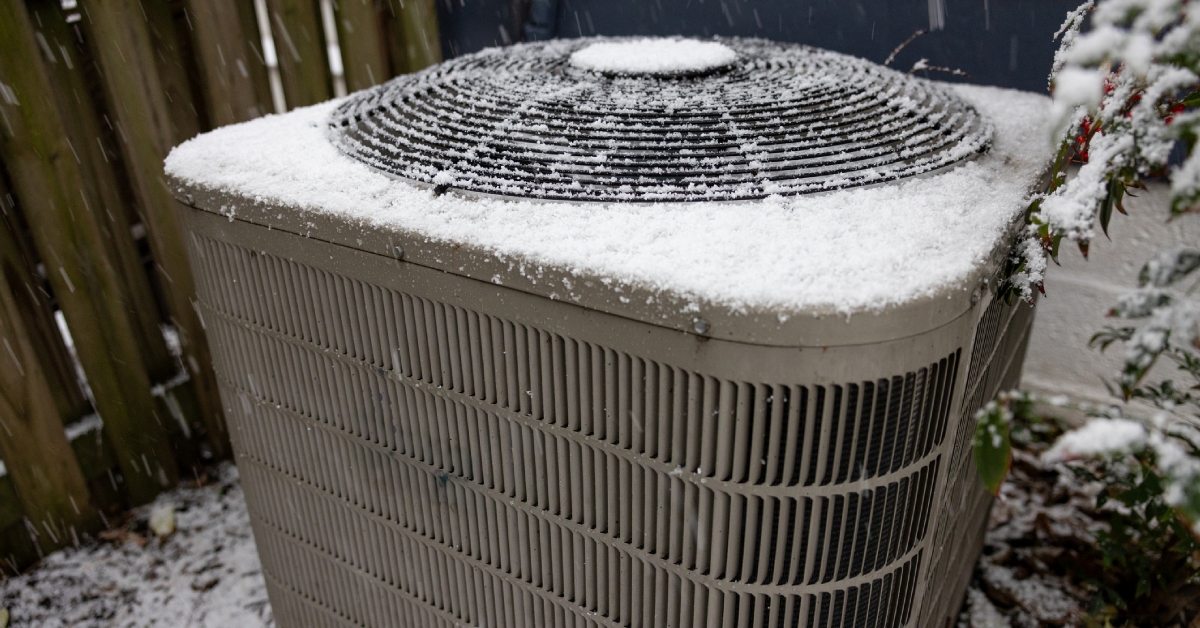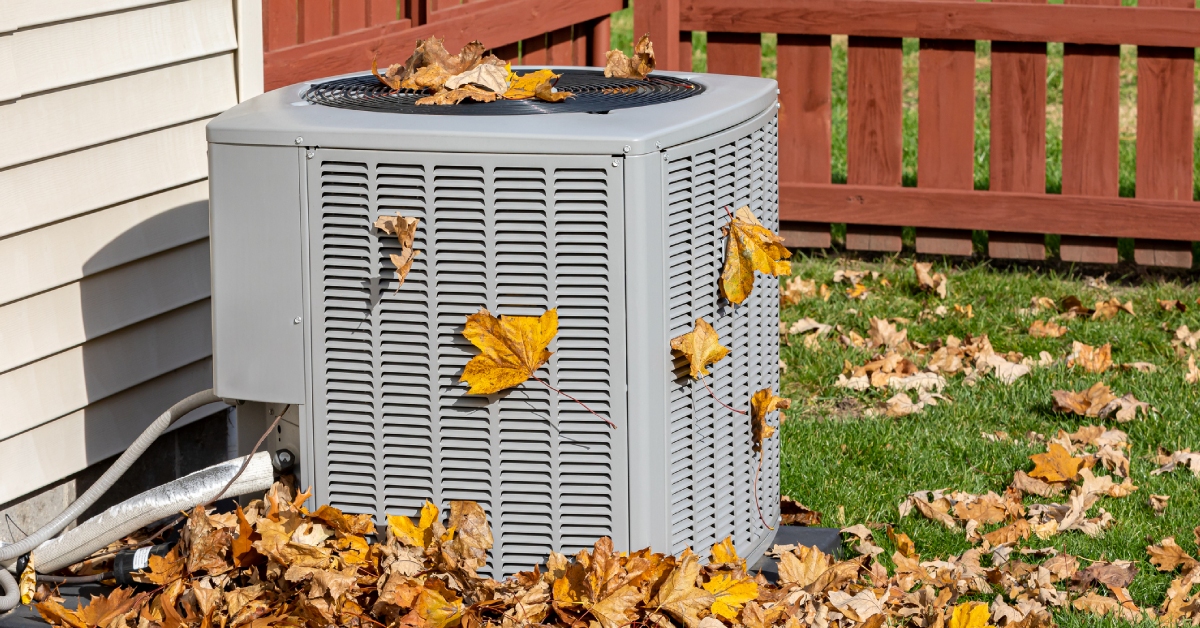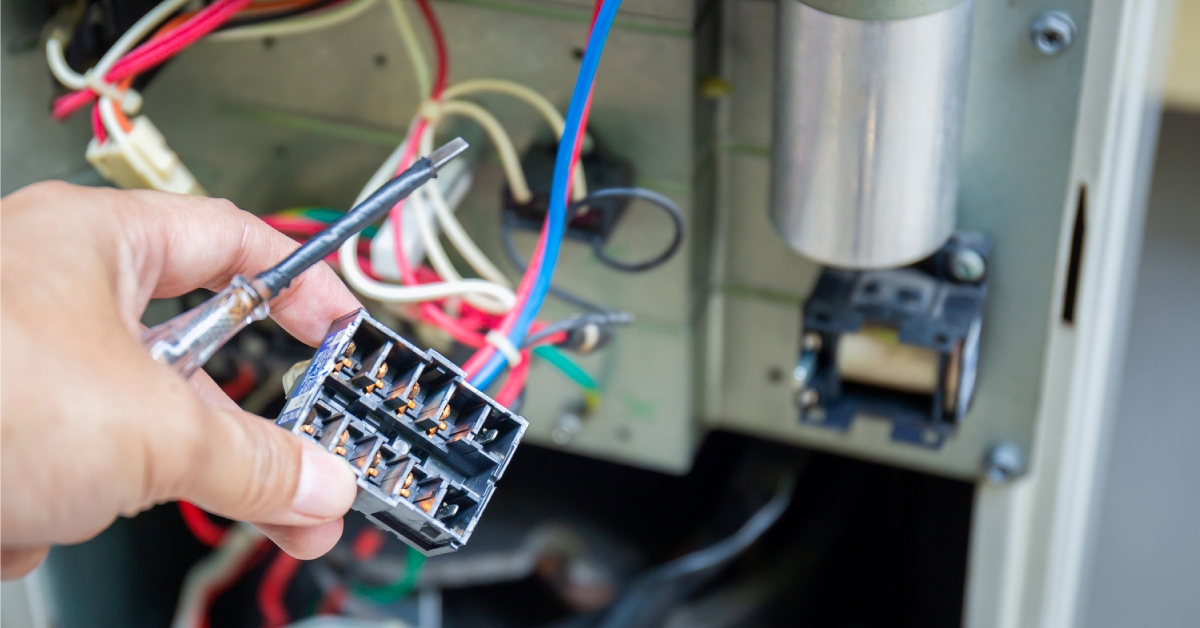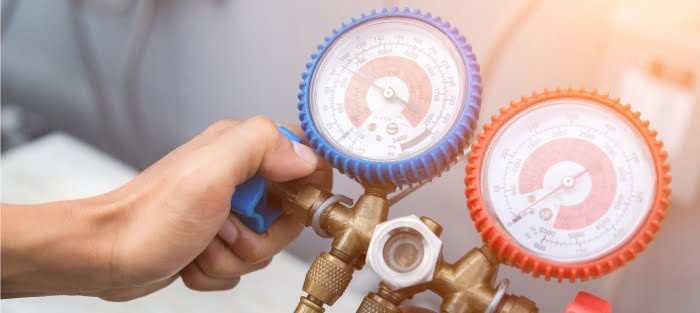
The Heat Pump Defrost Process
During the colder months, many homeowners notice their heat pump making unusual sounds or briefly blowing cooler air. In most cases, this is completely normal. Your heat pump is likely entering its automatic defrost cycle, an important part of how the system protects itself and keeps running efficiently. At Charlotte Comfort Systems, we believe homeowners should feel confident and informed about how their heating system works. Below is a simple explanation of what happens during defrost, how long it lasts, and when to call for help.
Why Heat Pumps Frost Up
Heat pumps move heat from the outdoor air into your home. On cold, humid, or freezing days, moisture in the outdoor air can freeze on the heat pump’s outdoor coil. This thin layer of frost is normal. However, if too much frost builds up, airflow becomes restricted and the system cannot operate efficiently. To prevent this, heat pumps are designed with an automatic defrost cycle that removes frost when needed.
What Happens During a Defrost Cycle
When your heat pump decides it needs to defrost, it temporarily switches from heating mode to a modified cooling mode. This process reverses the refrigerant flow and warms the outdoor coil, melting the frost.
During this time, you may notice:
These signs are normal. The system is simply melting frost from the outdoor coil. Most modern heat pumps also use your auxiliary or electric backup heat to keep your home comfortable while defrost is happening.
How Often Defrost Cycles Should Occur
The frequency depends on outdoor conditions. A heat pump may defrost:
Most systems use sensors to detect frost and only defrost when necessary, not on a fixed timer. A normal cycle typically lasts 3 to 10 minutes. Anything longer than 15 minutes may indicate a problem and should be checked by a technician.
What’s Happening Inside the System During Defrost
While the heat pump is in defrost mode, the outdoor coil warms up to melt any frost that has formed, and the outdoor fan temporarily stops to speed up the melting process. During this time, the refrigerant flow is rerouted, which can cause cooler air to blow indoors for a short period. If the system has auxiliary or backup heat, it will turn on to help maintain a comfortable indoor temperature. Once the frost has melted, the heat pump automatically switches itself back to normal heating mode. This built-in process protects the outdoor unit and ensures energy-efficient performance throughout the winter.
When to Call for Service
A defrost cycle is normal, but you should contact Charlotte Comfort Systems if you notice thick ice forming on the entire outdoor unit, if the system enters defrost repeatedly within a short period, or if the defrost cycle lasts longer than about fifteen minutes. You should also reach out if you hear loud grinding or unusual noises, if the heat pump is providing little or no heat, or if you see water pooling or freezing around the base of the outdoor unit. These symptoms can point to issues such as low refrigerant, a faulty sensor, a stuck reversing valve, or airflow restrictions, and they should be evaluated by a professional.
We’re Here to Help Keep You Comfortable
Understanding your heat pump’s defrost cycle can ease concerns and help you recognize when the system is working properly. If you ever have questions about your heat pump or feel something is not operating as it should, our team at Charlotte Comfort Systems is here to help with expert guidance and reliable service.
continue reading
Related Posts
When you turn on the heat, the last thing you want is a blast of cold air. Sometimes the fix is simple. Other times, cold air can be a sign that your furnace needs professional attention.
You don’t need to fully cover your air conditioner for winter, but a partial, breathable top cover can help keep debris out and extend the life of your unit.
If your heat pump is switching on and off every few minutes without properly heating or cooling your home, you may be dealing with short cycling.




